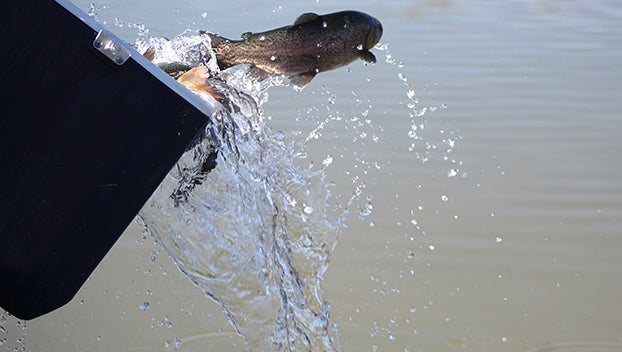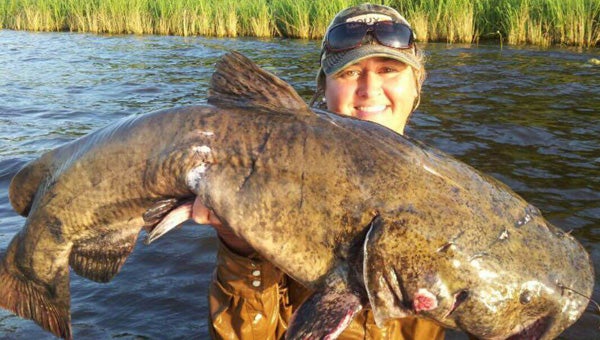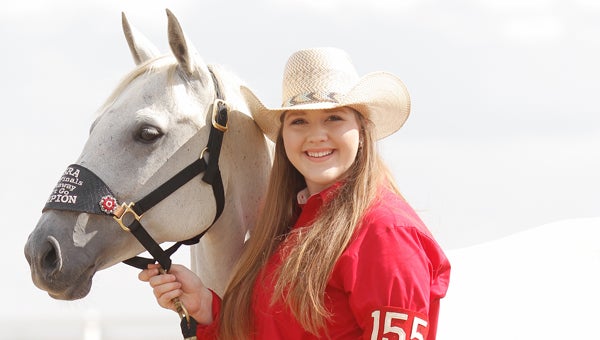Fish hard to locate after river dropped
Published 12:01 am Sunday, August 4, 2013
The Mississippi River dropped rapidly the past week. Hundreds of acres of flooded woods along the river and the old river bend lakes will soon be dry. The barrow pits are draining into the Old Rivers as well.
Many people that fished the live oxbow lakes this week called or emailed with mixed reports. Most reported catching next to nothing — as in no fish at all . A very small group of Old River veterans caught a few nice bass and bream, but not many, white perch.
With a level of about 31.1 feet today on the Natchez gauge, and last week’s river stage around 40 feet, I certainly would expect the fish to be a bit difficult to locate.
Pulling 10 feet of water out of their “house” in seven days will make the fish move drastically, and they won’t hold in the thin water very long. Think deep water.
The fish have to move as the river level drops or they will get caught in the barrow pits once the drains dry up which will disconnect the barrow pits from the Old Rivers.
That is about what’s happening right now. The 30-foot level puts us in an “in-between” stage. At 28 feet, some of the old dead stumps and logs will be visible. Right now, this cover is not visible from the water’s surface.
If you know where the stump lines are at, you can catch fish off the submerged cover. There are still lots of flooded green willow trees in the water at today’s level.
If you’re jigging for perch or fishing for bream, try the outside edge of the green willows and fish right off the bottom.
I would think the pan fish would be holding a bit deeper or maybe suspended down about 5 to 7 feet, since the water fell out so fast. The white perch are notorious about suspending over deep water down to about 7 to 12 feet.
The magic depth yesterday for white perch was 12 feet, but that changes everyday. The bream will suspend, too.
The big chinquapin and bluegill usually hold near the green willows, but they hold deeper than some like to fish at this level. There will be some fish shallow holding inside the green willows but those fish will be scattered and moving until the fluctuating river water settles down a bit.
Of course, anything written about fishing is the normal habits and sometimes fish don’t read to see what they are supposed to be doing meaning you may load up if you catch a group of fish up shallow while they are feeding.
These are roamers on the Old Rivers, and they will not stay in one area very long. Basically, locate the shad on or just find the depth the shad are holding in and fish that depth, no deeper.
Eventually, you should locate whatever species you seek. At 31.1 feet, I usually put the big deep diving crank baits away that dive down to the 18 to 20 feet range and change to a crank that will cover the 8 to 15 feet depths.
Regardless, I don’t go with a line size any larger than 12 pound test. The lighter line lets the crank bait work better and dive just a bit deeper. Shad pattern crank baits work well, but sometimes it is better to go with a color that is completely opposite and brighter than what the bass are actually feeding on.
The black back, chartreuse sides with an orange belly stripe crank baits have caught thousands of Old River bass. If you’re retrieving a shad pattern crank bait through the middle of huge schools of shad the “match the hatch” pattern does not stand out as well.
Pull a bright colored lure through the shad to create a reaction strike. Right now, a Bandit Ledge series that will cover down water down to about 12-15 feet is a good lure style choice.
As the river falls, the series 300 and 200 Bandits come into play. When the Old Rivers’ land lock, we go with a 100 series square bill that only dives 3 or 4 feet. As the weather changes, so will the location of the fish. You just have to spend some time on the water to keep up with them.





